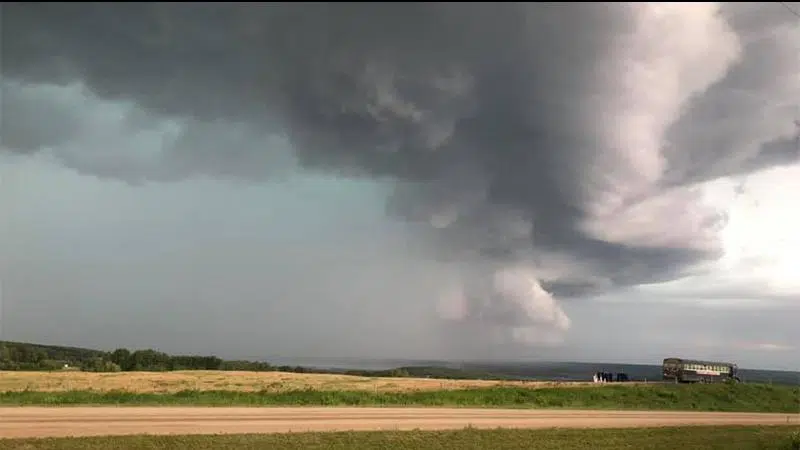
Teams from national research project studying Meadow Lake Provincial Park tornadoes
Data from two tornadoes that touched down in Meadow Lake Provincial Park will be used to better understand where tornadoes occur in Canada and how to build resiliency to them.
The Northern Tornadoes Project (NTP), a partnership between Western University, Environment and Climate Change Canada, and ImpactWx, wants to discover and decode every tornado in Canada, especially in rural and remote segments of the country.
A team of researchers are documenting damage from two tornadoes Environment Canada said skirted Murray Doell Campground and Laumans Landing northwest of Goodosoil over the Canada Day long weekend. One measured wind speeds upwards of 170 km/h, leaving a path of flipped trailers and uprooted trees in its wake.
The teams will use data from ground studies and drone and satellite images to understand the storm’s impact.


